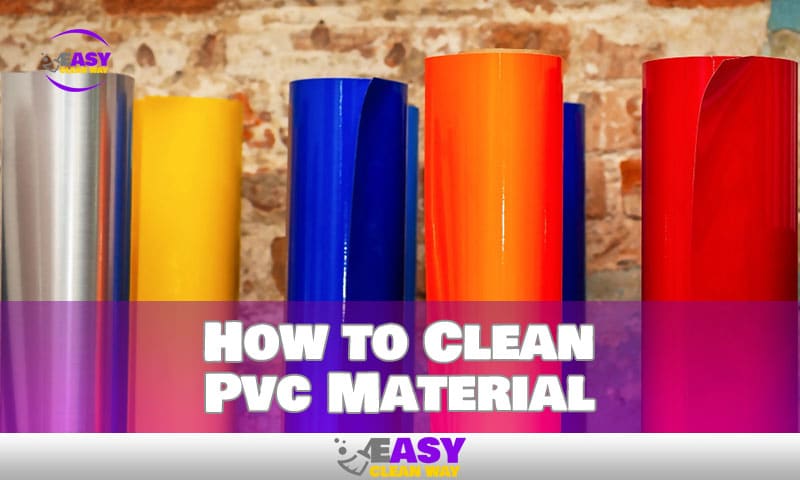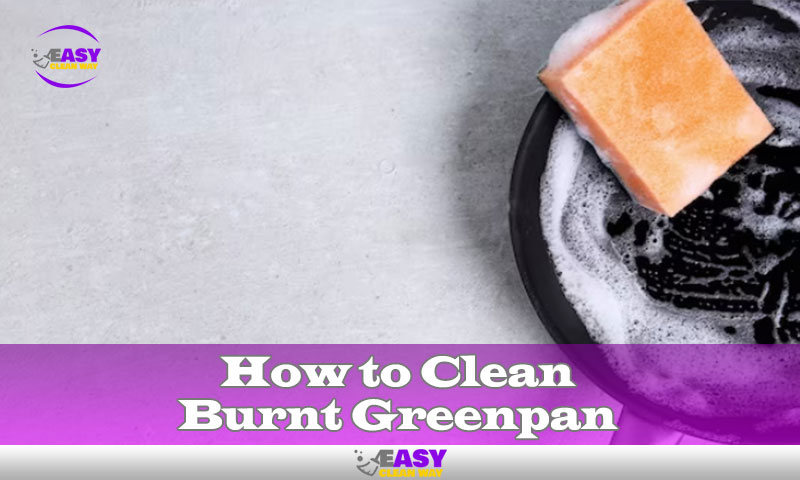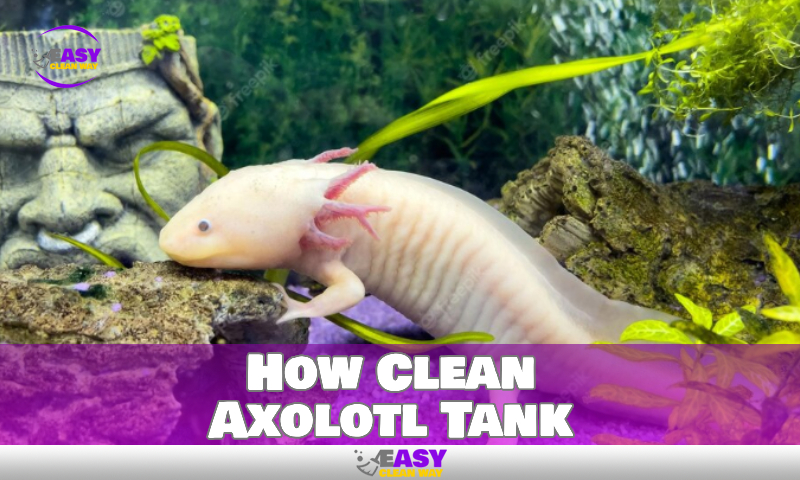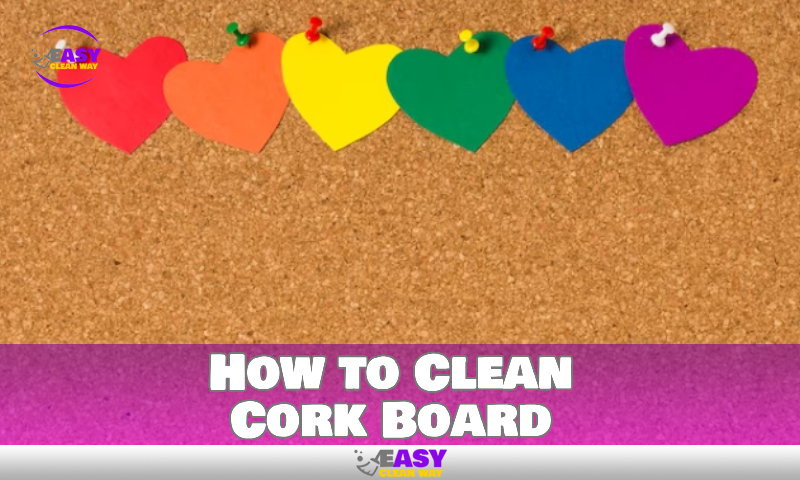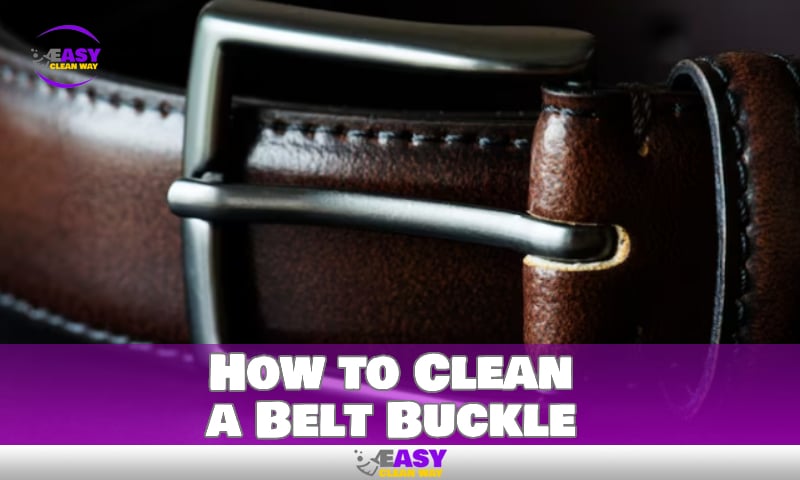It’s no secret that PVC materials require specialized care. But that doesn’t mean they have to be a hassle. With a few simple steps, you can keep your PVC materials looking their best without the time and expense of professional cleaning.
First, it’s important to know what materials are made from PVC. If you’re not sure, take a look at the label or look for the acronym “PVC.” You should also pay attention to the manufacturer’s instructions for care and cleaning.
Once you’ve identified your PVC material and consulted any instructions, it’s time to get cleaning. To make sure you do it safely and effectively, follow our simple guide below. We’ll show you how to clean PVC materials with natural ingredients and standard household products in just a few steps.
Preparing to Clean PVC Material
If you’re ready to clean PVC material in your home, you’ll want to make sure that you do it safely and effectively. Before you get started, there are a few important steps that you need to take in order to prepare properly.
First, identify the type of PVC material that you’re dealing with. Not all PVC materials are created equal, and different types of PVC require different cleaning methods. Once you know what kind of PVC material you have, you can determine the best approach for cleaning it safely and effectively.
Next, check the manufacturer’s instructions and heed any warnings they might have about cleaning their product. Double-check that any cleaning products or solvents you plan on using are safe for use on your specific type of PVC material.
Then, if possible, remove the PVC item from its permanent location and bring it into a well-ventilated area, like a garage or an outside patio space where there is plenty of airflows. Make sure to protect the surrounding surfaces from any spills or runoff during the cleaning process. Now that everything is prepped, let’s move on to the actual cleaning steps.
What You’ll Need & Safety Precautions
When it comes to cleaning PVC material, the most important steps come before you even start. To get the job done right, you’ll need to make sure you have two things on hand: the proper safety gear and the right supplies.
Safety should always be your first priority when cleaning PVC material. Be sure to wear splash-resistant safety goggles at all times and use only non-sparking tools when working with PVC material. Also, make sure not to mix any combustible materials with spilled PVC material, as it can lead to a potential fire hazard.
Once you’re ready and have the proper safety precautions in place, you’ll need a few items that are specifically designed for cleaning PVC. A polymer-resistant cleaner like Soft Scrub is a great choice that will effectively remove dust, dirt, and stains from your PVC material without damaging the surface of the material. Additionally, certain types of lubricants may be necessary when dealing with particularly stubborn dirt deposits. Just be careful not to use too much, or it can damage or discolor your PVC material.
Basic Cleaning Techniques for PVC Material
Cleaning PVC is a straightforward task, but you do need to be careful. It’s a delicate material, after all. Here are some basic cleaning techniques that will help you safely and effectively clean your PVC material:
Start with Mild Soap and Warm Water
Using mild soap and warm water is the best way to start cleaning your PVC material. Use a soft cloth to gently scrub away the dirt, making sure to go in one direction only; going back and forth can cause scratches and damage to the PVC.
Don’t Use Too Much Pressure
When cleaning your PVC material, make sure not to put too much pressure on it as this can lead to damaging the delicate material. You don’t want to be scrubbing away at it either, so make sure to use gentle circular motions instead of vigorous ones when wiping down the surface.
Use White Vinegar Solution or Diluted Bleach
You can use diluted bleach or a white vinegar solution if you require something stronger than soap and water. When handling these solutions, be sure to wear rubber gloves because they might irritate your skin if you get them on. After using these solutions on your PVC material, always make sure to rinse any leftover substance with fresh water.
Disinfecting PVC Material With Household Products
You can craft a safe and effective cleaner for PVC material with common household products. Start by simply mixing one tablespoon of gentle dish soap with warm water in a bucket. Then, use a soft cloth or sponge to apply the solution to the PVC material, and let it sit for about 10 minutes before rinsing it off. To sanitize, you can make an even simpler solution, mix one teaspoon of bleach with one gallon of water, then apply it to the PVC material with a cloth or sponge. Let it sit for about five minutes before rinsing off with warm water and drying the surface thoroughly.
These solutions, which are so simple to make that you can whip them up whenever you’d like, are especially helpful when your PVC material is exposed to potentially hazardous microbes and germs. Additionally, they both work wonders at removing any dirt, grime, or even stains that have built up on PVC surfaces like countertops or tile floors.
Removing Deeper Stains From PVC Material
When it comes to removing tougher, deeper stains from your PVC material, you’ll need something stronger than soap and water. To tackle those stubborn marks and spots, a bleaching solution or a combination of baking soda and rubbing alcohol is your best bet.
Bleach Solution
A carefully diluted bleach solution is ideal for removing deep-seated dirt, mold, or mildew stains. Ensure that you mix the bleach correctly before applying it to your PVC material—you don’t want to risk ruining the color of the fabric or ruining its fire-retardant properties.
Baking Soda & Rubbing Alcohol
Oily stains can be removed with great success using this mixture without ruining the fabric. To use this technique, first sprinkle baking soda on the troublesome area, and then mist rubbing alcohol over it. Prior to using a scrub brush to gently scrub away the stain, let it sit for five minutes. Don’t rinse the fabric after; the baking soda should remove any remaining oils.
Applying a Protective Coating to PVC Material
When properly maintained, PVC material can last a very long time. To protect the PVC surface and ensure it will stay strong and reliable, you can apply a protective coating to the material.
This protective coating can be anything from a phosphate-based primer to a vinyl/PVC-based plastisol coating. The best type of coating for your PVC material will depend on the specific requirements and use case.
Here are some steps to safely and effectively apply a protective coating to PVC material:
- Clean the surface of the PVC material before applying the primer or paint with isopropyl alcohol (IPA) and water solution.
- Apply primer or paint following the manufacturer’s instructions to ensure proper adhesion.
- Ensure primer or paint is completely dry before applying PVC coating.
- Apply vinyl/PVC-based plastisol coating in multiple thin layers, allowing each layer enough time to cure before applying the next layer.
- Monitor curing oven temperatures closely during the curing process, as this will ensure proper curing of the PVC material.
People Also Like: How to Clean Up Water Balloons From Grass Quickly & Easily
Conclusion
Cleaning PVC material is important to keep it looking good, but it’s also important to make sure that the cleaning process is done safely and effectively. To get the best results, it’s best to start with some simple steps. Wipe it down with a clean cloth, use warm water and mild detergent, and let a professional handle any tougher jobs.
PVC is a great material that can stand up to years of wear and tear. With the right steps and a bit of regular maintenance, your PVC material can stay in great condition and maintain its beauty. Follow these simple steps to fully enjoy the benefits of this trustworthy material.
Hey there! I’m Alton Smith, your Clean Expert blogger. I’m on a quest to help you conquer chaos and embrace the joys of a tidy life.

